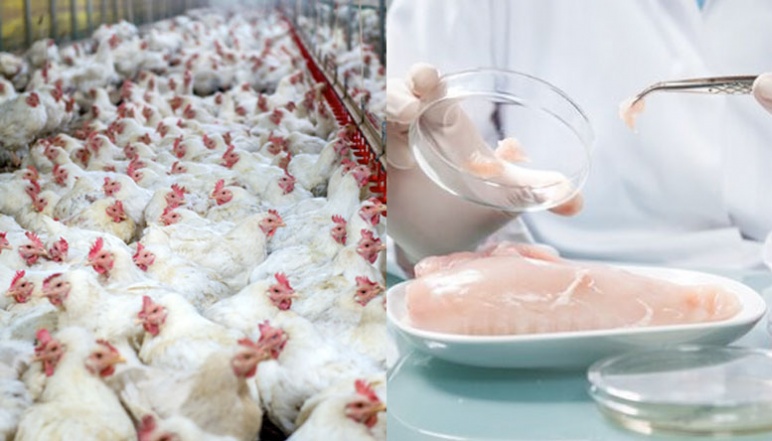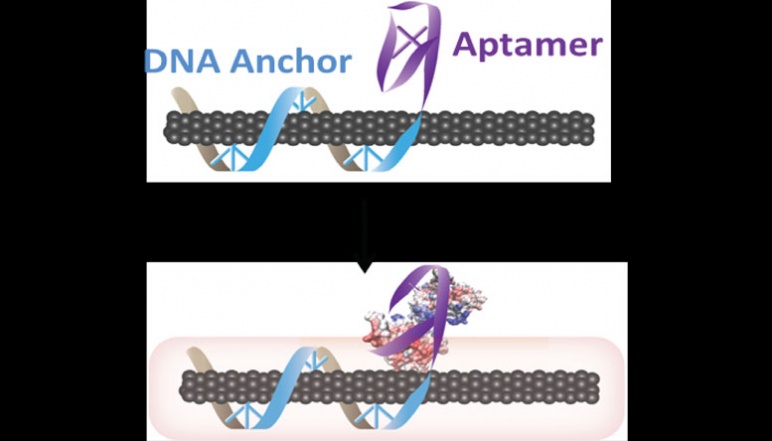Our Research A bioassay-based approach to food safety in China

Photo Credit: iStock Images

Photo Credit: Sinskey, Springs research team
Principal Investigators
Challenge:
How can food and water contaminants be detected, on-site and in real-time, to prevent disease?
Research Strategy
- Engineered nanosensors to detect allergens, pathogens, and heavy metals
- Designed portable, point-of-use platform
- Developed into consumer smartphone technology
Project description
China has experienced an unprecedented increase in average wealth since 1980 that has resulted in a commensurate rise in the demand for safe and healthy foods, particularly meat. However, weak regulatory effectiveness among other factors, has resulted in a series of severe episodes of intentional, economically-motivated adulteration.
This research team analyzed the supply chain and farming practices and determined that meat is a uniquely risky product because of the misuse and overuse of veterinary drugs in farming, including Chinese traditional medicines.
This research team conducted a series of experiments directed toward establishing proactive approaches to food quality control. In the first, they set forth a series of absorption and toxicity screens of a network of compounds based on known poultry farming practices. In the second, they developed a robust bioassay for toxicity in chicken based around a currently active unsolved adulteration in chicken.
The results of this project can serve as the basis for holistic regulatory decisions that account for the polypharmacy that is frequently used in farming. Further, this approach can fundamentally transform approaches to unknown toxicant identification by measuring the biological effects of tainted foods rather than testing for one or a few likely toxicants at a time.
Outcomes
- Developed procedure to break down product samples into fats solids, and an aqueous fraction and developed fractionation techniques to detect adulterants in samples
- Developed a bioassay to create Phenome-Integrated Cell Signatures (PICS) that quantify images of cellular structures that can be used to assess for toxicity in food extracts
- Accessed samples from active adulteration incident and classified samples into categories of toxic, mildly toxic, and non-toxic
- Created library of phenotypic signatures using PICS for antibiotics that may be used in chicken farming practices in China
Additional Details
Impact Areas
- Food
Research Themes
- Sensors & Monitoring
- Transforming Food Systems
Year Funded
- 2015
Grant Type
- Seed Grant
Status
- Completed

